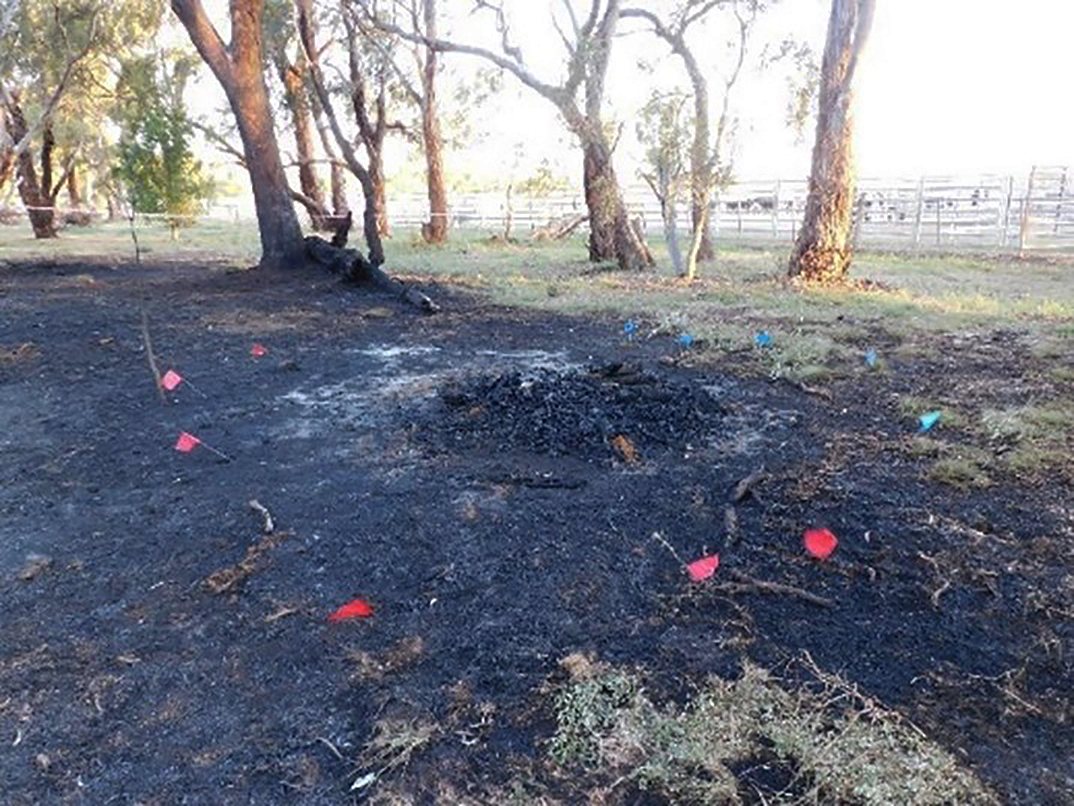Fires caused by escapes and reignitions from burn-offs

Each year, the CFA Fire Investigation Section produces a Fire Trend Report about the causation of vegetation fires occurring during the fire season.
It also includes the key lessons learned which inform fire prevention messaging at state, regional and district levels.
An analysis of the vegetation fires that occurred during the 2023-24 Fire Danger Period was done based on completed reports in CFA’s Fire and Incident Reporting System (FIRS) database and the Fire Investigation Management System (FIMS).
During the 2023-24 Fire Danger Period, 387 (18 per cent) of the vegetation fires were recorded as being caused by escapes from burn-offs due to inadequate control of an open fire or unattended fire. This was the top cause of vegetation fires during the fire season.
Based on investigations conducted by fire investigators, the key factors that were identified relating to escapes from burn-offs were:
- burn-offs left unattended or not supervised
- burn-offs were started or continued when there were changes in the wind conditions, which resulted in the fires spreading to surrounding areas.
In addition, a further 202 fires (9.4 per cent of vegetation fires) were attributed to a reignition from a previous fire, with the initial burn-offs occurring days or weeks prior to the fire being reported.
Factors that were identified relating to reignition from previous burn-offs were:
- fire smouldering or burning within piles of vegetation materials, tree stumps/branches above ground or partially buried underground
- changes in weather conditions such as an increase in wind velocity producing conditions to promote fire spread into the surrounding unburnt environments.
CFA also looked at the cause of vegetation fires across the state on days that were declared Total Fire Bans. Ninety-six fires (21 per cent) were caused by unattended burn-offs and escape from burn-offs due to changes in weather conditions such as an increased wind speed.
From a fire prevention and community safety perspective, it’s important that the community understands the risks of conducting burn-offs and the potential for escapes and reignitions.
Brigades are encouraged to discuss this important issue with property owners and pass on some practical advice to them to decrease the occurrence of fires caused by escapes from burn-offs.
- Check and comply with local council laws and CFA requirements regarding burn-offs.
- During the Fire Danger Period, ensure that a permit has been obtained to undertake the burn-off.
- Comply with the conditions of the permit at all times.
- Register the burn-off by notifying Triple Zero Victoria online, or by phone or email. Unregistered burn-offs can cause fire brigades to be called out unnecessarily.
- Continue to check and monitor the weather forecast for the day of the activity and for the days afterwards.
- Establish a fire break with no less than three metres cleared of all flammable material around the entire burn off site.
- Ensure there are enough people attending the burn-off to monitor, contain and extinguish the burn safely and effectively.
- While on-site, there must be ready access to an adequate water supply to extinguish any outbreaks. For larger fires there must be appropriate firefighting equipment or machinery on hand.
- The fire must be completely extinguished before leaving the area.
- Burn-offs are not permitted on days declared Total Fire Bans and any existing fires must be completely extinguished before the Total Fire Ban commences.
When brigades respond to fires that have been caused by a burn-off during the declared Fire Danger Period, and especially on days of Total Fire Ban, the incident controller must request Victoria Police attend the scene. Victoria Police will investigate and charge the person responsible for the fire.
Victoria Police and Crime Stoppers Victoria have launched a new bushfire campaign ‘You light it, you own it. Any spark can start a fire’. CFA supplied information and statistics about fire causation to help develop this campaign.
This campaign is targeted at people who accidentally or recklessly cause fires on high fire risk days, so that they consider the consequences of their actions.
| Submitted by |
Fire Investigation Manager Nicole Harvey AFSM |